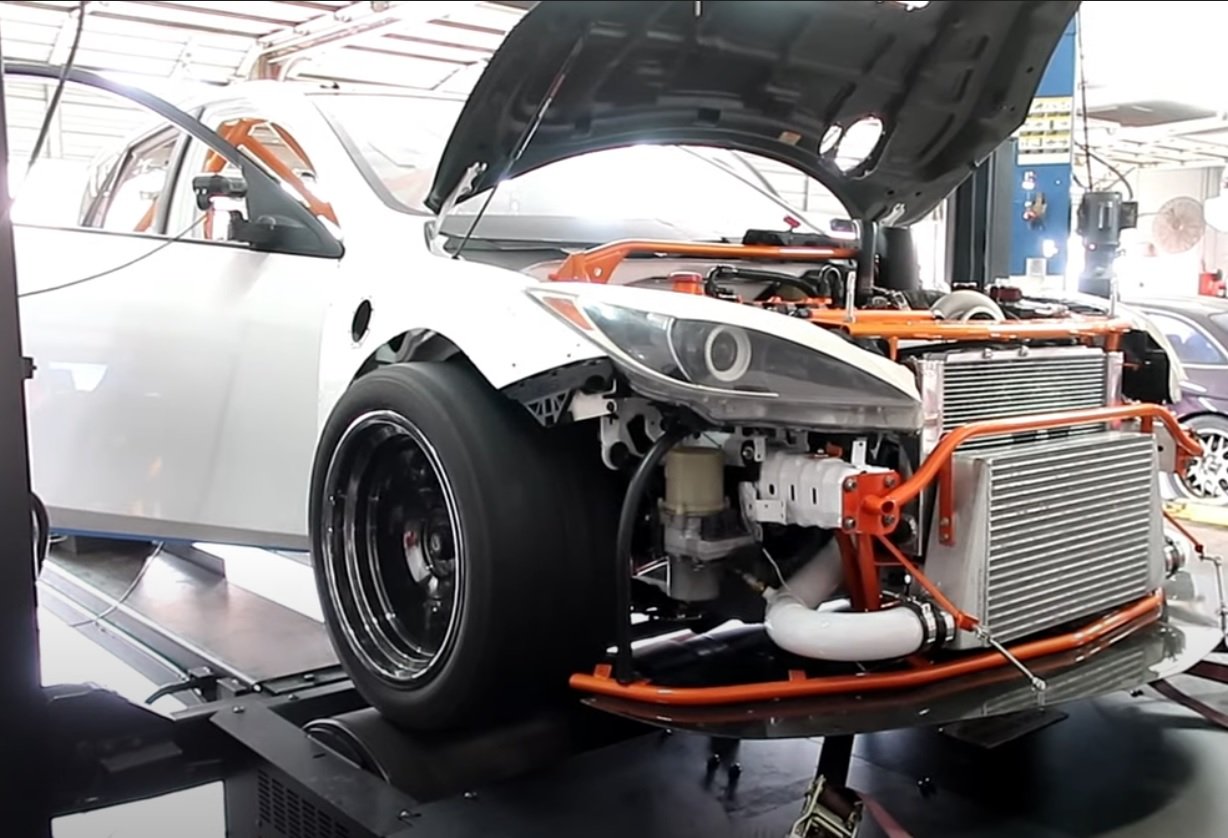Remote Tuning Options
Remote Tuning Options
Base / Startup / Street Tune / Dyno
We offer our stand alone ECU customers remote tuning as part of our base harness and ECU packages, as well as customers who have already installed their ECU’s and need assistance in getting their vehicles running with a startup calibration to be able to drive, break in, or take their vehicle to a shop to get finished on the dyno. We have different options depending on the customer’s needs and level of features and functionality they need setup and working. Here is what each Option consists of:
Option 1
Base configuration of all standard parameters, crank/cam, ignition system and base timing, injection system and injector profiling (if applicable), sensor calibration.
Base Startup, cold/hot start, idle, free revving, and closed loop O2 setup.
Once vehicle starts, revs and idles properly you will be able to drive it and this will allow for some additional dialing in of injection and ignition parameters, and we can perform some basic datalogging to maximize drivability and performance on the street.
2x Follow Up sessions to finish any issues or correcting for cold/hot start changes.
Option 2
This option includes everything from Option 1, AND includes additional advanced option setup if they are necessary, Boost Control, Launch Control, etc., additional/advanced sensor/output setups, variable cam timing, etc.
Finishing the tune on the dyno to maximize performance and reliable power output of the engine.
Option +
This PLUS option is an addition to each offering where if you require it, we can take extra time, or follow up sessions, to provide you with training and instructions on the use of your engine management system, mainly navigating the software and its features in order for you to understand how to use it properly and how it relates to the setup, essentially how the ECU and software work, different installation and troubleshooting tips. This is NOT a “how to tune” your engine option, but more a familiarization with how the ECU operates, how the software is organized, how to manipulate the different menus and know where all the features and functions are located so you can be able to address certain situations, ask better questions, relay information on the tune, or problems you might be having, view datalogs and learn to identify what the data says, what each thing does, to better understand the system. If you require this level of training on how to properly tune and engine, there are other alternatives we can suggest that do provide this type of training and education that will give you even more knowledge and information to actually know how to setup an engine from scratch and what it needs to make it run properly.
Hourly Rate
When choosing the Hourly Rate option, you’re paying for the first hour, after 1 hour, you would be billed for each additional hour after the session is finished. No follow up sessions with this option is performed. Choose this option if you require basic setup or checkup to troubleshoot specific problems.
Weekend Rate (Very Important)
If you only have time during the weekend to tackle your remote tune there will be an additional $200 added to the total fee.
It is recommended that the vehicle be 100% operational, assembled and drivable in order for the session to go smoothly, we’ll have a check list of items that will need to be address before we can begin and payment is expected before the session can be scheduled, this will guarantee your slot.
We also recommend you have on hand basic tools and equipment in order to aid in the setup, and making sure everything is running correctly throughout the sessions so we don’t get any complications or interruptions. Some of these can be, but are not limited to:
Basic tools necessary to work on the vehicle/engine.
LED Test Light, preferably one with both positive and negative LED indicators, very useful to troubleshoot signals.
A BASIC timing light is preferred over digital in order for readings to be accurate, choose one with no buttons, screens, dials, or fancy features, usually the least expensive ones are best, that are just straight up inductive.
Digital Volt Meter.
A battery tinder or “trickle” mode charger, connected to the battery and set to no more than 5-10A, we only need to maintain the battery charged well enough for cranking several times under certain troubleshooting situations, or base timing setup.
Another nice to have tool, but not necessary, is an Oscilloscope, but these days pretty much all of the ECU’s we cater to have this features now built into their systems. Haltech, Link, Emtron and others do have built in Oscilloscopes in their systems making troubleshooting much easier.
If you have any questions what so ever please reach out to us for more information, either via phone or email.




